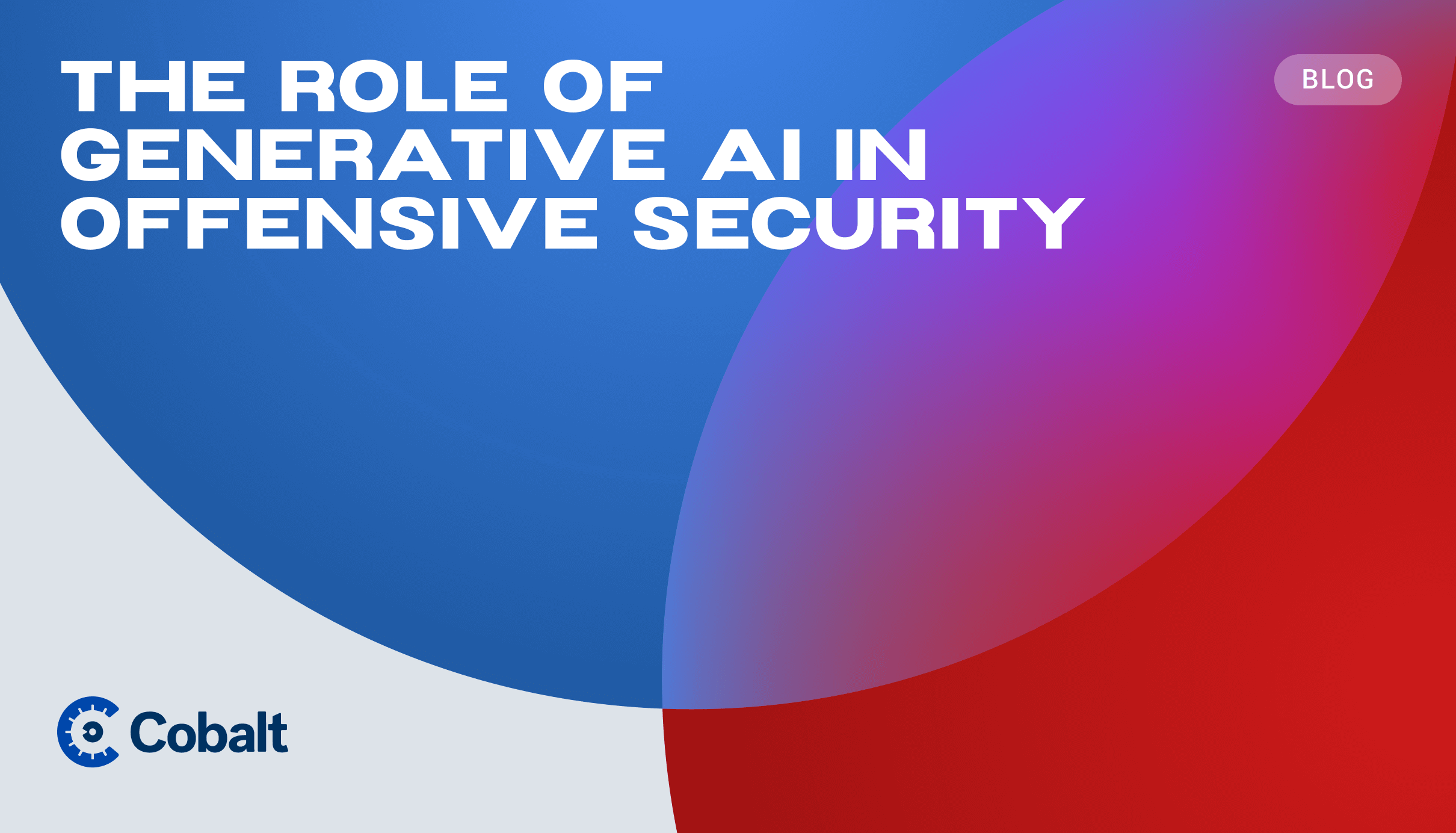Backdoor attacks in AI and ML are a significant concern for cybersecurity experts.
A backdoor attack is when an attacker subtly alters AI models during training, causing unintended behavior under certain triggers. This form of attack is particularly challenging because it remains hidden within the model's learning mechanism, making detection difficult.
For professionals in cybersecurity, identifying these covert threats is crucial for the integrity and security of AI-driven systems.
What Is a Machine Learning Backdoor?
Backdoor attacks are becoming increasingly critical as machine learning becomes more prevalent in essential sectors like healthcare and finance. These vulnerabilities can lead to data breaches, poor decision-making, or even life-threatening situations if these models are used in critical applications.
For example, in healthcare, where machine learning models are used for diagnosis and treatment recommendations, the impact of backdoor attacks could be particularly alarming.
Imagine a scenario where a compromised model inaccurately diagnoses a serious condition or suggests a harmful treatment – the repercussions could be life-threatening. The critical role of machine learning in healthcare not only highlights the potential dangers of such attacks but also the necessity for stringent security measures to safeguard these technologies.
Backdoor attacks are increasingly relevant in a world where users often rely on third-party models rather than building models from scratch. The danger lies in the fact that these externally sourced models, especially those trained on rare datasets and thus more valuable, can be tampered with by malicious providers.
The challenge lies in advancing machine learning technologies while ensuring strong security measures are in place to prevent and mitigate these hidden threats.
Common Examples of Backdoor Attacks on AI
Recent developments in backdoor attacks demonstrate their effectiveness even when the attacker has limited information about the victim model. Advanced techniques involve extracting the model's functionality and generating triggers that strongly link to misclassification labels, all while maintaining high accuracy for benign inputs. This sophistication makes these attacks a significant threat, especially considering their resilience against current defense strategies like model pruning.
The following examples highlight the variety and severity of backdoor attacks across different AI applications, underscoring the critical need for enhanced security measures in AI development and deployment.
- Healthcare AI Diagnostics: In a real-world healthcare scenario, a backdoored AI system used for diagnosing diseases could subtly alter results, leading to misdiagnosis of conditions like cancer. This not only affects patient treatment plans but also could skew medical research data.
- Autonomous Vehicle Systems: A backdoor in an autonomous vehicle's AI could, for example, be programmed to ignore stop signals under specific conditions, potentially causing accidents and compromising passenger safety.
- Financial Trading Algorithms: A backdoored AI in finance might be designed to bypass fraud detection in certain transactions, allowing significant financial fraud to go unnoticed, impacting both individual finances and broader market stability.
- Retail Recommendation Engines: In retail, a compromised AI system could favor certain products, manipulate consumer choices, and undermine fair market competition, affecting both consumer trust and business integrity.
- Large Language Models (LLMs): One significant risk area in AI backdoor attacks is language models like ChatGPT. These models, if compromised through backdoors, could be manipulated to provide incorrect or harmful information. For example, a backdoored language model might be used to spread misinformation, exploit personal data, or influence user decisions based on skewed or biased responses. This kind of vulnerability in language models is particularly concerning due to their widespread use and the growing trust users place in their responses.
How Backdoor Attacks Work on AI & LLM
So, how do attackers manipulate training data, exploit vulnerabilities in AI algorithms, or use other sophisticated techniques to insert backdoors into AI systems?
- Data Poisoning: Attackers inject subtly altered data into the AI's training set. This poisoned data is designed to be normal-looking but includes triggers that activate the backdoor once the AI is deployed.
- Model Manipulation: In this method, the AI's internal architecture is directly modified. Attackers insert malicious code or alter the model's structure to create a backdoor, which remains dormant until triggered by specific conditions.
- Environmental Manipulation: This involves changing the operational environment of the AI to trigger the backdoor. It could be as subtle as altering the input data format or the operating parameters, leading to the activation of the backdoor.
- Trigger Insertion: This technique involves embedding a specific pattern or trigger in the AI model's training data. When the AI encounters this trigger in real-world use, it causes the model to activate the backdoor and behave in a predefined, often malicious way.
- Clean Label Attacks: In these sophisticated attacks, the backdoor is inserted without obvious tampering with the training data. The data used to train the model appears normal, but subtle modifications make the AI learn and activate the backdoor under certain conditions while functioning normally otherwise.
Defensive Strategies Against Backdoor Attacks in AI
As AI and ML technologies advance, it's essential to understand and implement robust defensive strategies to safeguard AI systems. These are some of the various approaches to identifying vulnerabilities and protecting AI-driven systems against sophisticated backdoor attacks.
- Rigorous AI Model Auditing: This involves dissecting every aspect of an AI model's training process. For example, companies like OpenAI scrutinize the datasets used to train models like GPT-4, checking for biases or anomalies that could be signs of a backdoor.
- Enhanced Data Security Protocols: Financial institutions use advanced encryption and rigorous data validation techniques to ensure the data fed into their AI systems for fraud detection is secure and unaltered.
- Advanced Anomaly Detection: Companies employ AI monitoring tools that can detect even the slightest deviations in AI behavior, indicating potential backdoor activations. These systems use sophisticated algorithms to compare current outputs with historical patterns.
- Adaptive AI Models: In response to identified threats, tech companies often retrain their AI models with new data that accounts for previously exploited vulnerabilities, making the models more resilient to similar attacks in the future.
- Collaborative Security Efforts: Organizations share insights about new threats through platforms like the Cyber Threat Alliance, leading to more effective defensive measures across the AI industry.
- Pentesting AI Systems: Cybersecurity teams conduct targeted attacks on their AI systems to test their resilience. For instance, a team might simulate a data poisoning attack to see if their AI model can still function correctly.
Each of these strategies plays a critical role in the broader effort to protect AI systems from the evolving threat of backdoor attacks.
Technological Evolution and Future Threats in AI Security
As AI technologies rapidly evolve, the landscape of backdoor attacks is expected to become more complex.
Another area of concern is the integration of AI into increasingly interconnected systems, such as smart city infrastructures, where a single backdoor could have cascading effects. The development of countermeasures must keep pace with these technological advancements.
AI developers and cybersecurity experts will need to anticipate these future challenges, investing in research and development to create more resilient AI systems. This proactive approach will be essential to safeguarding the future integrity and reliability of AI technologies.
The Future of AI and Cybersecurity
In the future, healthcare AI systems will likely undergo security testing as rigorous as clinical trials, specifically targeting backdoor vulnerabilities. In the financial sector, regular, detailed security audits of AI models could become standard, mirroring the thoroughness of financial audits. Additionally, specialized collaborations and alliances focused on AI security may form, enhancing collective defense capabilities.
These alliances could heavily utilize penetration testing (pentesting) to identify and mitigate potential backdoor threats proactively. This focused approach aims to fortify AI systems, making them as trustworthy and dependable as they are innovative.
Understanding the next generation of cyber attacks is only the first step. Companies looking for AI pentesting services to improve their security can learn more about how Cobalt can help.











